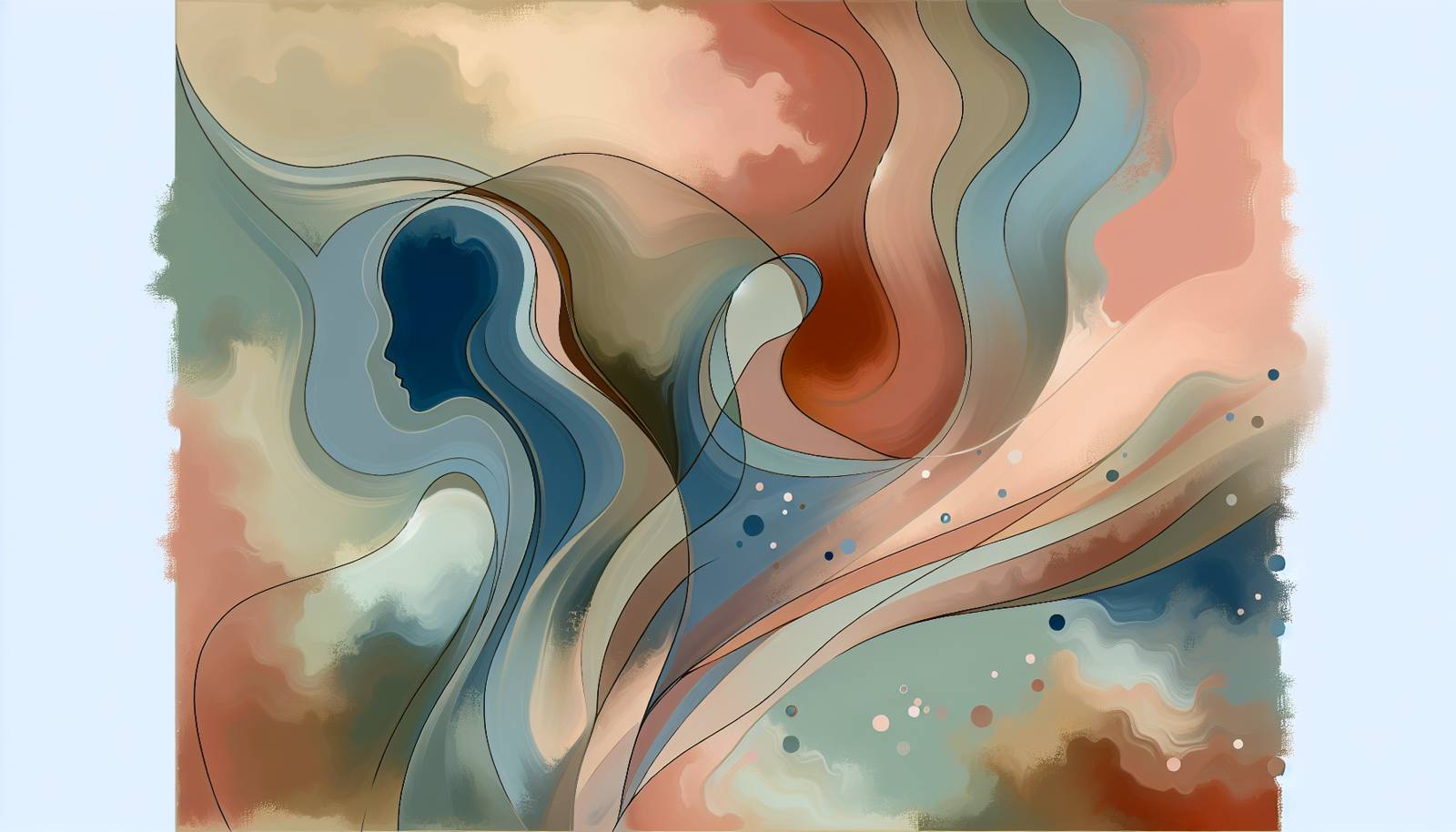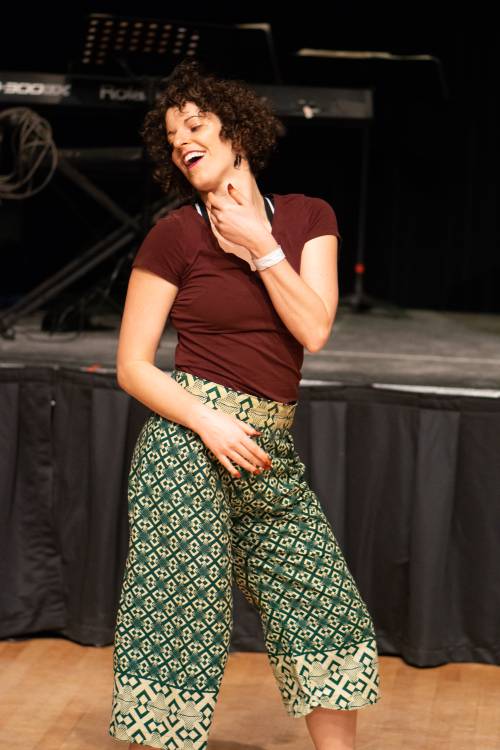
FAQ About Role of Modern Dance in Expressing Social Issues

What is modern dance?
Modern dance is a broad genre of dance that emerged in the early 20th century as a reaction against the rigid structures of classical ballet. It emphasizes creative expression, freedom of movement, and often integrates elements from various dance styles. This form allows performers to convey emotions and ideas through innovative choreography and unconventional movements.

How does modern dance differ from classical ballet?
Modern dance differs from classical ballet in several ways. While ballet often focuses on strict technique, form, and a narrative structure, modern dance emphasizes personal expression and experimentation. Modern dance uses a broader range of body movements and often incorporates elements of improvisation, allowing dancers to explore and express complex emotions and themes through their performances.

What role does modern dance play in expressing social issues?
Modern dance plays a significant role in expressing social issues by using movement as a form of storytelling and commentary. Dancers and choreographers can address controversial subjects, challenge stereotypes, and bring attention to topics like race, gender, inequality, environmental concerns, and more. The visual and emotional impact of dance can resonate deeply with audiences, fostering reflection and conversation around important societal issues.

Can you provide examples of social issues addressed by modern dance performances?
Modern dance performances have addressed a variety of social issues, including racial injustice, gender inequality, LGBTQ+ rights, environmental degradation, and mental health awareness. For example, Alvin Ailey's "Revelations" explores African American cultural identity and history, while many works of Pina Bausch often examine the dynamics of power and human relationships.

How do choreographers use modern dance to communicate complex themes?
Choreographers use a combination of movement, music, set design, and costumes to convey complex themes in modern dance. They often incorporate symbolism, abstract movements, and innovative staging to evoke emotional responses from the audience. By challenging traditional norms and pushing boundaries, choreographers can provoke thought and inspire discussions about the social issues explored in their performances.

Why is modern dance an effective medium for social commentary?
Modern dance is an effective medium for social commentary because it combines the expressive power of the body and movement with artistic creativity, allowing for nuanced portrayals of complex issues. Dance transcends language barriers, making its messages accessible to diverse audiences. The immediacy of live performance also encourages empathetic engagement and awareness, prompting audiences to reflect on social matters presented through choreography.

What are some famous modern dance pieces that focus on social issues?
Some famous modern dance pieces that focus on social issues include Alvin Ailey's "Revelations," which addresses African American identity and heritage, and Anna Halprin's "Parades and Changes," known for its commentary on human rights and freedom. Bill T. Jones' "Still/Here" confronts themes of illness and human resilience, while Kyle Abraham's works frequently discuss racial identity and social justice.

How does modern dance engage with topics like race and inequality?
Modern dance engages with topics like race and inequality by offering an embodied lens through which these issues can be examined and experienced. Choreographers incorporate culturally resonant movement styles, narratives, and themes that reflect the lived experiences of marginalized communities. By showcasing these performances, modern dance can raise awareness and promote dialogue about systemic inequalities and racial experiences.

What techniques do dancers use to portray social themes in modern dance?
Dancers use a variety of techniques to portray social themes in modern dance, including expressive gestures, dynamic movements, and spatial relationships. They may use contact improvisation, spoken word, and multimedia elements to enhance the narrative and emotional impact. By engaging with the physicality of their bodies, dancers can convey poignant messages and encourage audiences to empathize with the themes being presented.

How has modern dance evolved to address contemporary social issues?
Modern dance has continuously evolved by incorporating new techniques, technologies, and interdisciplinary collaborations to address contemporary social issues. Today, dancers and choreographers leverage digital media, virtual reality, and global cultural influences to create innovative performances that resonate with current societal challenges. This evolution allows dance to remain relevant and impactful as a medium for social change and awareness.

What impact does modern dance have on social change?
Modern dance can have a profound impact on social change by raising awareness, challenging perceptions, and promoting empathy among audiences. Through direct engagement with social issues, dance can inspire individuals to think critically about their own beliefs and behaviors, fostering a collective environment receptive to change. Furthermore, creating inclusive and diverse spaces within the dance community can also serve as a model for broader societal transformation.

How do audiences typically react to modern dance performances addressing social issues?
Audiences may experience a range of emotions when witnessing modern dance performances that address social issues. These performances often evoke empathy, provoke thought, and stimulate discussion. Some viewers may feel challenged by confronting realities depicted in the choreography, while others may feel empowered or inspired to take action. Reactions can be deeply personal and vary based on individual perspectives and experiences.

Are there specific choreographers known for focusing on social issues in their works?
Yes, there are several choreographers renowned for focusing on social issues in their works. Notable examples include Alvin Ailey, whose choreography often reflects African American cultural and historical narratives, and Bill T. Jones, who explores themes of race, identity, and community. Pina Bausch and Kyle Abraham are also known for their innovative approaches in addressing complex human and societal issues through dance.

What challenges do modern dance choreographers face when addressing social issues?
Modern dance choreographers face several challenges when addressing social issues, including balancing artistic expression with clear messaging, and ensuring the representation of diverse perspectives authentically and sensitively. Additionally, they must navigate potential audience resistance or misunderstandings, as well as the logistical and financial constraints of producing impactful performances. Despite these challenges, many choreographers see the potential for powerful storytelling and advocacy through their art.

How does modern dance incorporate technology to explore social issues?
Modern dance incorporates technology to explore social issues by using multimedia elements such as video projections, interactive installations, and digital soundscapes. These technologies can enhance storytelling by providing additional layers of meaning and context. Choreographers also experiment with virtual reality and motion-capture technology to create immersive experiences that invite audiences to engage physically and emotionally with the topics presented.

Is modern dance used in educational settings to discuss social issues?
Yes, modern dance is frequently used in educational settings to discuss social issues. Dance workshops, residencies, and performances are integrated into curriculums to engage students with important societal themes. These programs often encourage critical thinking, creativity, and empathy, helping students to understand complex topics through experiential learning. Schools and universities leverage dance as a tool to foster inclusive dialogue and awareness among students.

How can viewers interpret the messages conveyed through modern dance?
Viewers can interpret the messages conveyed through modern dance by observing the movements, expressions, and interactions between dancers. Paying attention to the use of space, timing, and musical accompaniment can also provide insights into the underlying themes. Engaging with program notes, interviews with choreographers, and pre-performance talks can further enrich the understanding of the social issues being addressed.

How accessible is modern dance for discussions on social issues to varying audiences?
Modern dance can be highly accessible for discussions on social issues due to its universal language of movement and emotion. While some performances may require prior dance knowledge for full appreciation, many can be understood and appreciated at a visceral level regardless of the audience's dance background. Outreach programs, workshops, and accessible ticket pricing also help to broaden the reach and impact of dance in social discourse.
